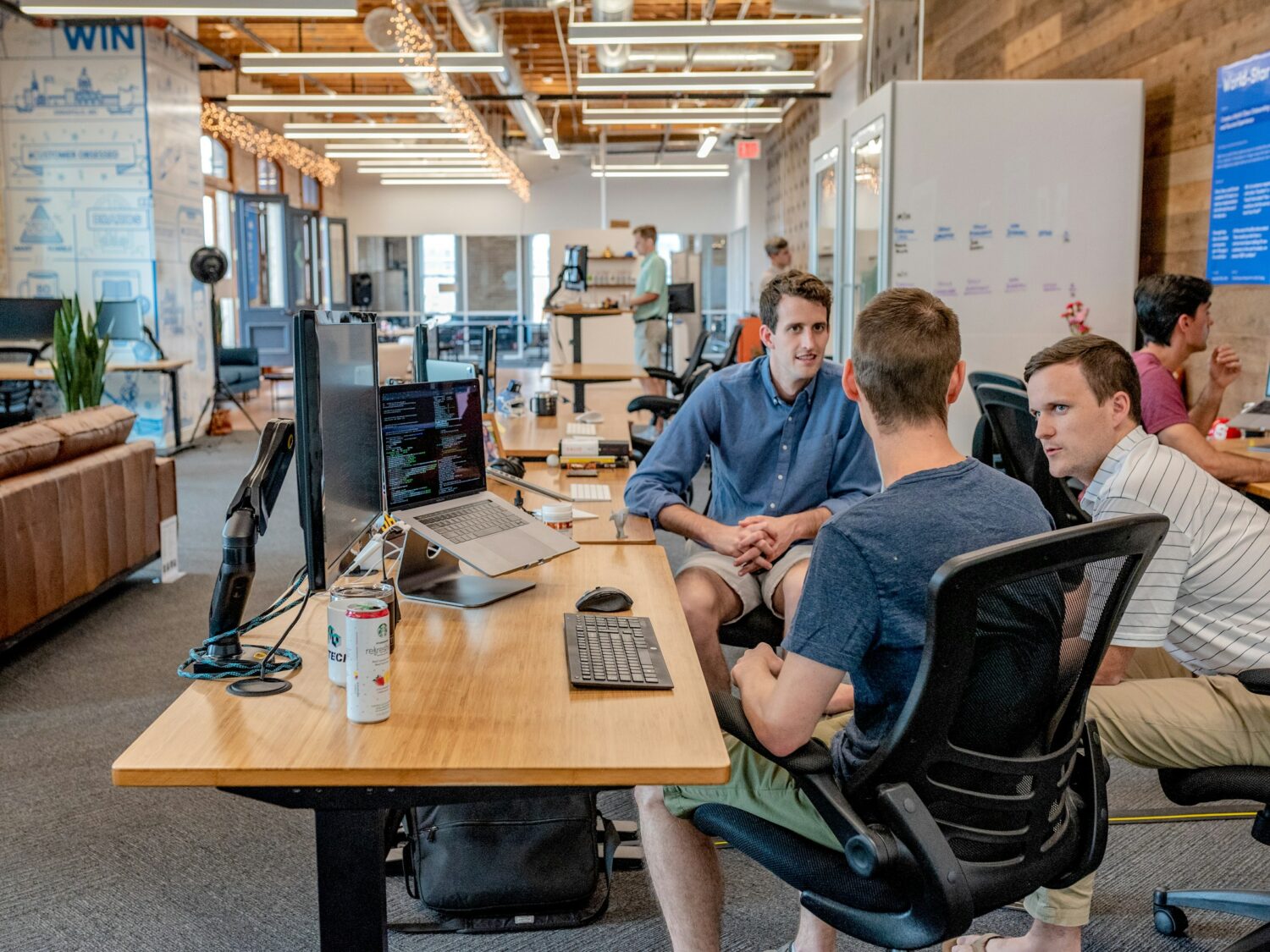


Challenge-based learning is a pedagogical approach that fosters collaboration and often involves interdisciplinary work. In this approach, students tackle open-ended and complex real-world and sociotechnical challenges, often with the participation of external stakeholders. These stakeholders, mostly from the industry, provide real-world context and feedback, making the challenges relevant. The goal is to devise innovative, technologically and socially sustainable solutions and gain transversal skills essential for future engineering careers – such as collaboration, critical thinking, self-directed learning or the ability to be comfortable with uncertainty.
All the examined cases in the review used challenges as a starting point for students’ active learning. CBL implementation was found at two levels: the academic course level was linked to a specific discipline, and subject-matter knowledge was integrated. At the project level – for example, in master’s thesis projects or extracurricular projects – the implementation was not necessarily linked to disciplinary content, which usually required more prior knowledge.
Teachers and students reported several difficulties and lessons learned: For teachers, it was difficult to develop and scope the challenge in a manageable way. The integration of external stakeholders made the challenges more relevant. Still, it wasn’t easy for teachers to co-design a challenge with them and combine the industrial partner’s interests and students’ learning outcomes, sometimes without knowing the solution themselves. Teachers also reported difficulties in developing suitable assessments and adjusting their roles from lecturers to coaches in the CBL environment. Many primary studies, thus, emphasized the importance of training teachers in designing and implementing compelling challenges and achieving the intended learning outcomes. While designing a challenge-based learning environment, educators should therefore emphasize the alignment between the “why” of the approach, the intended learning objectives (“what”), and the “how,” respectively, the educational components.
The review further suggests that a good alignment between the complexity of the challenge and the student’s ability or the learning objectives is an essential requirement – as well as a careful balance with time restrictions and available resources to keep the students engaged and motivated. Based on their findings, the authors expect that students can only improve their skills effectively if confronted with CBL more than once in their academic careers. To extend challenge-based learning at the curriculum level, the support of the faculty, university, or institution is crucial for the success of this innovative approach.
The TUM already offers such challenge-based formats, often using EdTechs: